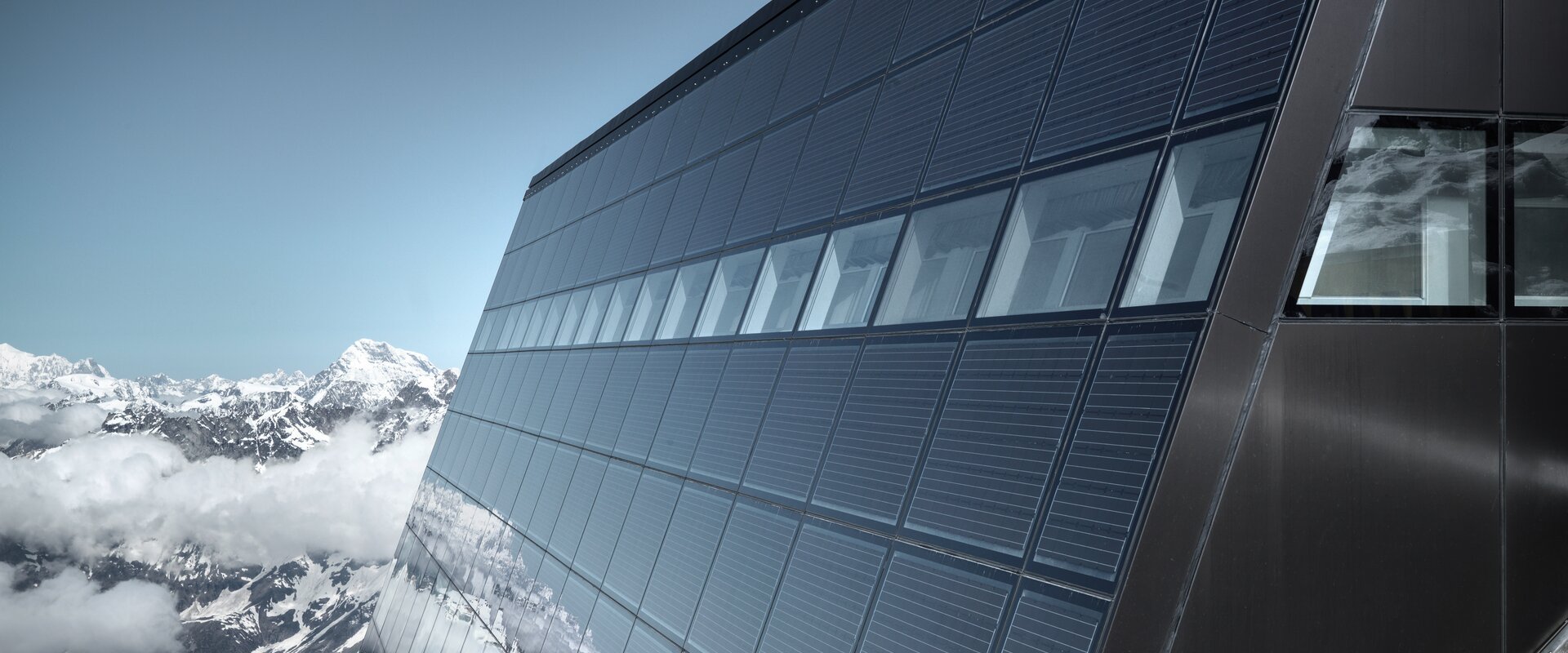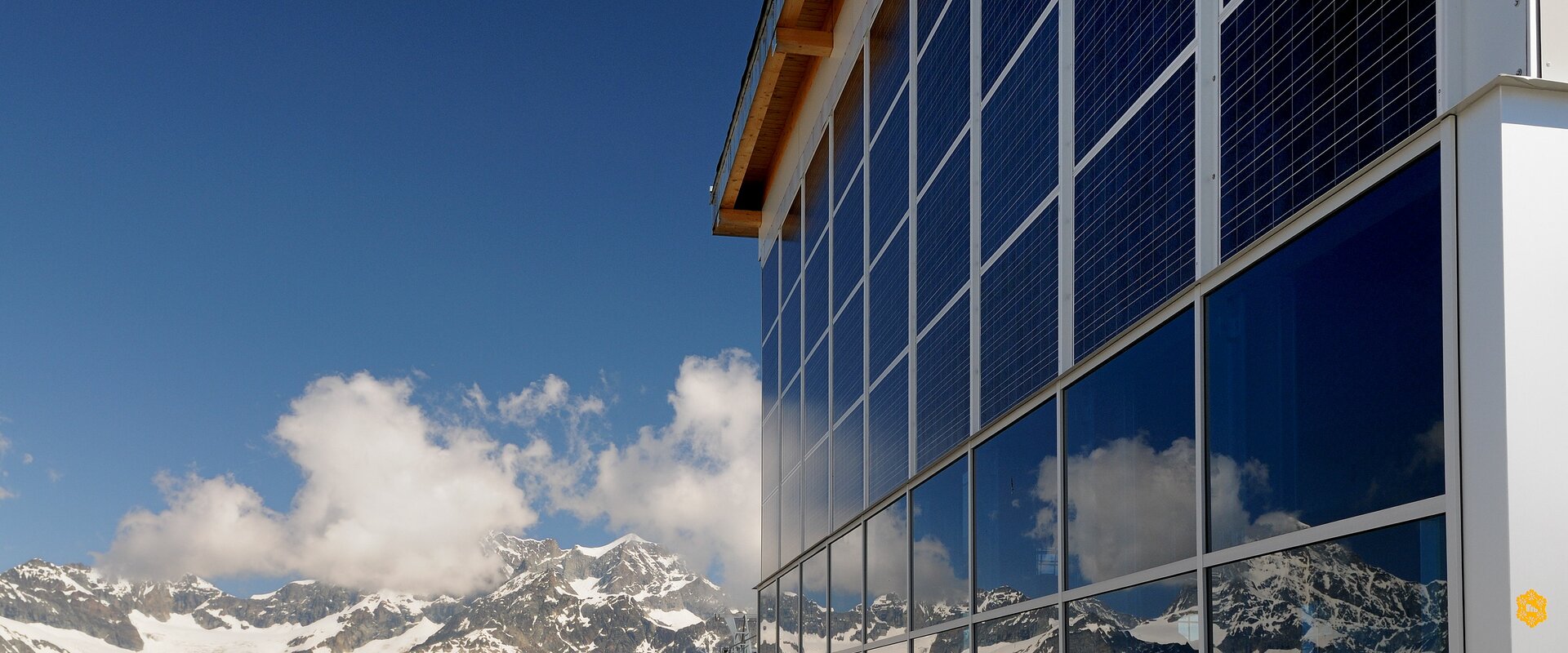Since 2009, the Matterhorn Glacier Paradise restaurant has officially held MINERGIE-P® certification, making it the highest-altitude building with this distinction. Additionally, the high-yield photovoltaic system fitted to the south façade earned Zermatt Bergbahnen AG the Swiss and European Solar Prizes in 2010.
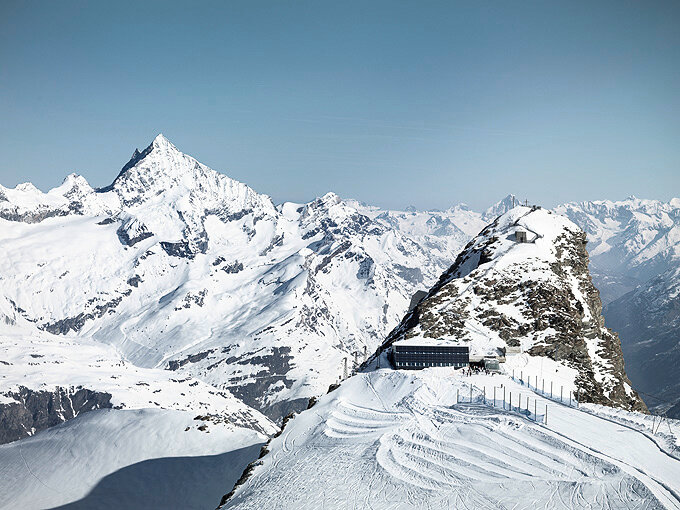
The restaurant building is made from prefabricated wooden components with only the base being made of concrete, for structural reasons. The external walls are insulated with 52 cm of rock wool to ensure it is really comfortable indoors. The wooden construction is framed by metal and glass to give the building ample protection from the wind, which can reach speeds of up to 300 km/h.
Transporting water up to an altitude of almost 4'000 metres above sea level is a costly business, making this an even more precious resource. Consequently, waste water from the kitchen and the bathroom units is collected and treated in a microbiological purification system, before being reused for sanitation. Treated water which is not used simply returns to the natural water cycle of the surrounding area.
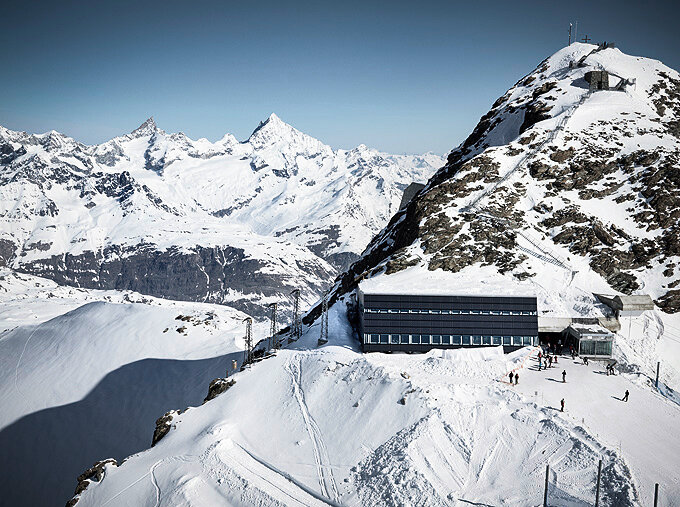
The Matterhorn Glacier Paradise enjoys over 2'500 hours of sunshine per year, making it the sun lounge of Switzerland. The restaurant generates enough energy from the photovoltaic system integrated in the building’s façade to cover all its heating, ventilation and lighting requirements for the entire year. Thanks to its consistent south-facing aspect and the 70-degree incline the system achieves an above-average yield. And with the clear air and the high reflectivity of the light in the mountains, photovoltaic systems are up to 80 percent more productive in the High Alpine areas than in the rest of the country.
This energy-saving design for Zermatt Bergbahnen AG serves as a model for the whole Alpine region, and as a result was awarded both the Swiss and European Solar Prizes for new buildings in 2010.
Some Key figures about solar energy at Matterhorn glacier paradise
| Average annual energy production | 35'000 kWh |
| Total surface area of photovoltaic modules | 195 m2 |
| Number of photovoltaic modules | 108 Stück |
| Power output per panel | 219 W |
